Table of contents
What is the learning gap?
How to identify the learning gap?
Different types of learning gaps
How to Bridge the Learning Gaps in Students?
Conclusion
Development of curriculum: One of the NCF’s main goals is to offer a framework for curriculum development. The curriculum should be meaningful, relevant, and tailored to the specific requirements of the learners, according to the framework.
The outbreak of covid-19 created academic disruptions in the student’s careers. Every student has capabilities; some can grasp the concepts easily, and some might take a long time.
Hence, closing this learning gap is vital because it affects student learning outcomes. Teachers must concentrate on effectively addressing the learning gap without compromising the quality of their training.
What is the learning gap?
A learning gap is a knowledge or skill gap between what a student already knows and what they should have learned. It might happen when a student needs to help understand a concept or skill in a subject when they miss important lessons to establish subsequent learning.
Different educational backgrounds, life experiences, or teaching methods might result in learning gaps. These may seriously hinder a student’s intellectual development and constrict their options for the future.
SETU is here to identify this learning gap and support the school management and students in nurturing each child individually.
How to identify the learning gap?
There are several ways to identify learning gaps in students. Here are a few methods that teachers use to address the learning gap in education.
Assessments: Teachers can use formative and summative evaluations to pinpoint students’ weak areas. These evaluations may include examinations, quizzes, homework, projects, and assignments.
SETU helps teachers to assess the student’s gaps through an effective plan like providing the preparation test to evaluate s skills and practice tests to know the knowledge acquired.
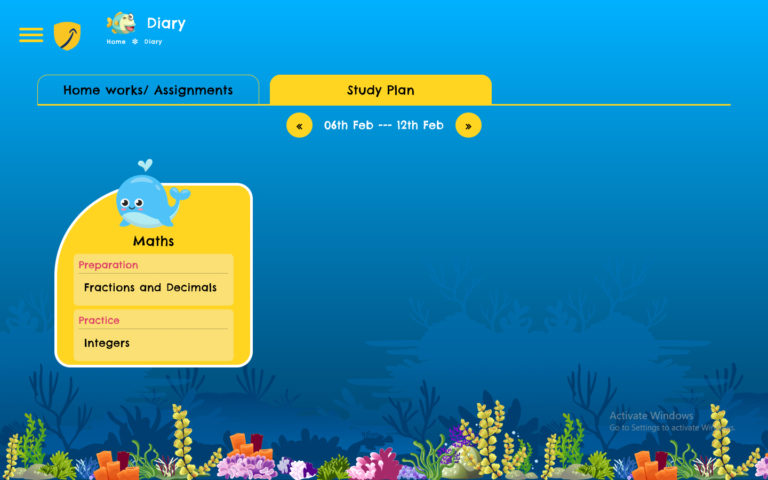
Classroom Observation: Teachers can monitor students to spot areas where they fail. When working on particular activities, they can watch for behavior patterns like disengagement, lack of participation, or dissatisfaction.
SETU helps teachers by notifying them, whether their student has taken the tests, or in the learning process, or else completed the test successfully

Feedback from students: Teachers might ask students about their own learning experiences. Students can pinpoint areas where they lack confidence or require further assistance.
Analysis of the curriculum: Teachers might look for areas that can be difficult for students. They can search for subjects that call for knowledge or abilities that students might lack.
Input from parents or guardians: Parents or guardians may be able to offer perception into areas where their child may be experiencing difficulty. Also, they can share details about their child’s learning preferences or any particular conditions affecting their academic performance
SETU platform assists parents in knowing their child’s learning gaps, parents are more informed about their child’s academic progress. Based on the GAPS identified, parents can also help their child do better in that particular concept.
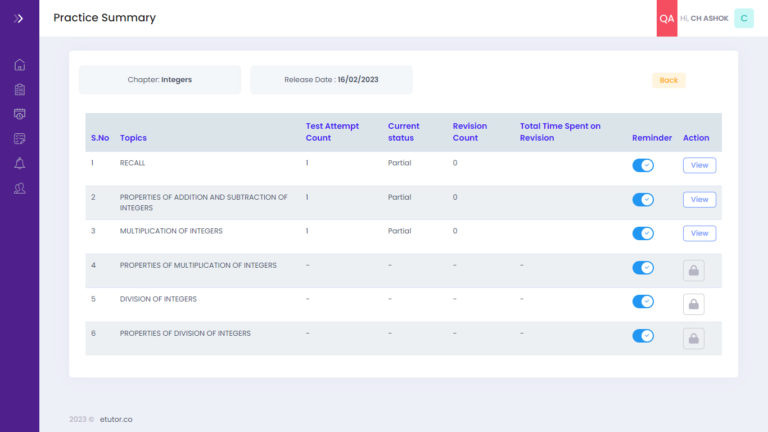
Once learning gaps have been identified, teachers can work to develop targeted interventions and support to help students close the gap and reach their full potential.
Different types of learning gaps
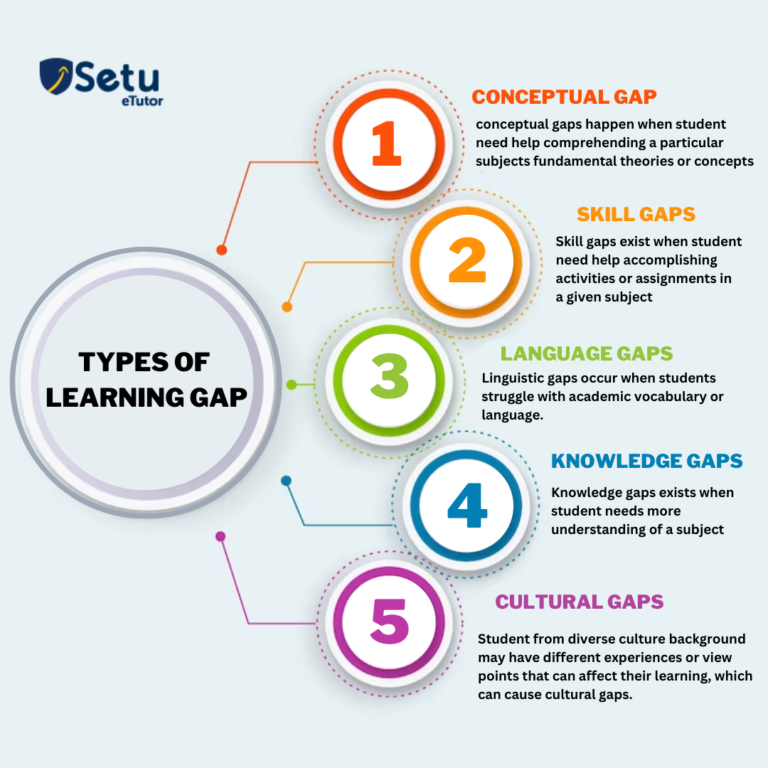
There are different types of learning gaps that students may experience. Here are a few examples:
Conceptual gaps: Conceptual gaps happen when students need help comprehending a particular subject’s fundamental theories or concepts. Because these fundamental ideas were built upon, more complicated issues may become challenging
Skill gaps: Skill gaps exist when students need help accomplishing activities or assignments in a given subject. For instance, students who struggle with algebraic problems may need more fundamental arithmetic abilities. SETU assists students in knowing their weak areas through prerequisite tests and doing revisions to amplify their skills.
Knowledge gaps: Knowledge gaps exist when students need more understanding of a subject. For instance, students may find understanding some scientific ideas or phenomena challenging because they have yet to be exposed.
Some examples of knowledge gaps are those who are not very familiar with historical events, scientific principles, cultural traditions, financial literacy, literature, etc.
Language gaps: Linguistic gaps occur when students struggle with academic vocabulary or language. It can make it challenging for them to understand academic literature or successfully communicate in written or spoken assignments
Cultural gaps: Students from diverse cultural backgrounds may have different experiences or viewpoints that can affect their learning, which can cause cultural gaps. Differences in language, values, or social standards can be examples.
To create efficient solutions to close a student’s learning gap, teachers must first determine the precise gap the student faces. To reduce the achievement gap and help kids reach their full potential, this may entail specialized training, personalized learning plans, and additional assistance.
How to Bridge the Learning Gaps in Students?

Effective classroom strategies for closing the gap among students might be difficult, but there are several methods teachers can use to encourage students to catch up and maintain their progress.
Here are a few recommendations:
Assess the gap areas: Identify the areas where students are having difficulty assessing the gaps. It can entail reviewing test results or asking students how well they comprehend the material. Our SETU platform offers this type of service where students and teachers can come to know about their learning gaps.
Provide effective teaching: After determining the areas in which students are having difficulty, deliver customized training to fill these gaps. It can entail reteaching particular ideas or offering more practice chances. SETU assists students in preparing more on the topics they are lacking before entering the class.
Use differentiated training: Our SETU platform offers differentiated training to address the requirements of all students. Kids have a variety of learning preferences and cognitive capacities. It can entail utilizing various instructional techniques, including visual aids, practical exercises, and technological resources.
Work with other teachers: Working with other educators can help you create robust plans for closing the gaps in student learning. You can collaborate on lesson plans and assessments and exchange ideas and resources.
Provides feedback: SETU provides regular feedback to students so they can learn about their strengths and weaknesses and be motivated to get better. Provide constructive criticism and feedback on assignments, tests, and class participation.
Encourage student involvement: Our SETU platform encourages and motivates students by adopting differential learning mechanisms such as whiteboard presentations, summary notes, content material, practice and preparing tests to acquire knowledge to fill the learning gap. Students receive AI-based reminders of what to learn, when, and how to learn.
Establish a supportive environment in the classroom: A welcoming environment could make students feel more at ease asking questions and asking for assistance when needed. By exhibiting respect, empathy, and active listening, teachers may foster a healthy learning environment.
Learning gaps examples
Learning gaps are information or deficits in skills that a learner owns or still needs to fill. A few examples of learning gaps are shown below:
Lack of Mathematical Skills: A learner with trouble with fundamental math concepts may also need help with basic arithmetic. They might struggle with more complex math ideas because they might have yet to completely grasp the fundamentals of addition, subtraction, multiplication, and division.
Reading: A kid who has trouble recognizing words and reading proficiency may have a phonetic learning gap. They might have yet to be taught how to decode familiar sight words or listen out words.
Writing: A pupil might need help fully understanding grammar and sentence structure if they struggle to compose complete phrases or paragraphs. They need to be taught proper grammar usage or effective mental processes.
Science: A student who needs help comprehending scientific ideas may need more knowledge of basic scientific concepts. They must be better versed in the scientific method or know how to run experiments and gather data.
Social studies: Students who need help comprehending historical occurrences or contemporary social issues may need more critical thinking and analysis skills. They might not have acquired the knowledge necessary to assess the reliability of sources or formulate informed conclusions.
For students to succeed and attain academic success, it is crucial to identify and fill learning gaps. SETU is here to assist students in bridging any of the above-identified learning gaps and building a bright future ahead.
Conclusion
In conclusion, bridging student achievement gaps is a challenging task requiring various approaches. It’s crucial to remember that every kid has different learning needs, so teachers must be adaptable and flexible in their teaching methods
Our SETU is a platform that assists teachers, students, school management, and parents in making the entire learning process easy. Teachers can help students recover and stay on track with their learning by identifying the gaps, delivering focused training, providing regular feedback, increasing student engagement, and creating a supportive classroom environment.
All students can succeed in their careers if they are provided with the right approach to nurture their minds.
Frequently Asked Questions
How to close the skills gap with the learning gap?
It necessitates a complete strategy that includes analyzing the learning gap, determining the skills gap, coordinating curriculum and training, providing focused instruction, utilizing technology, promoting student participation, and tracking progress.
How to reduce the gaps between teaching and learning?
Reducing the learning gaps in the classroom is a daunting task. It entails establishing precise learning goals and proven teaching techniques, providing timely feedback, and fostering a happy environment for teachers, parents, and students.




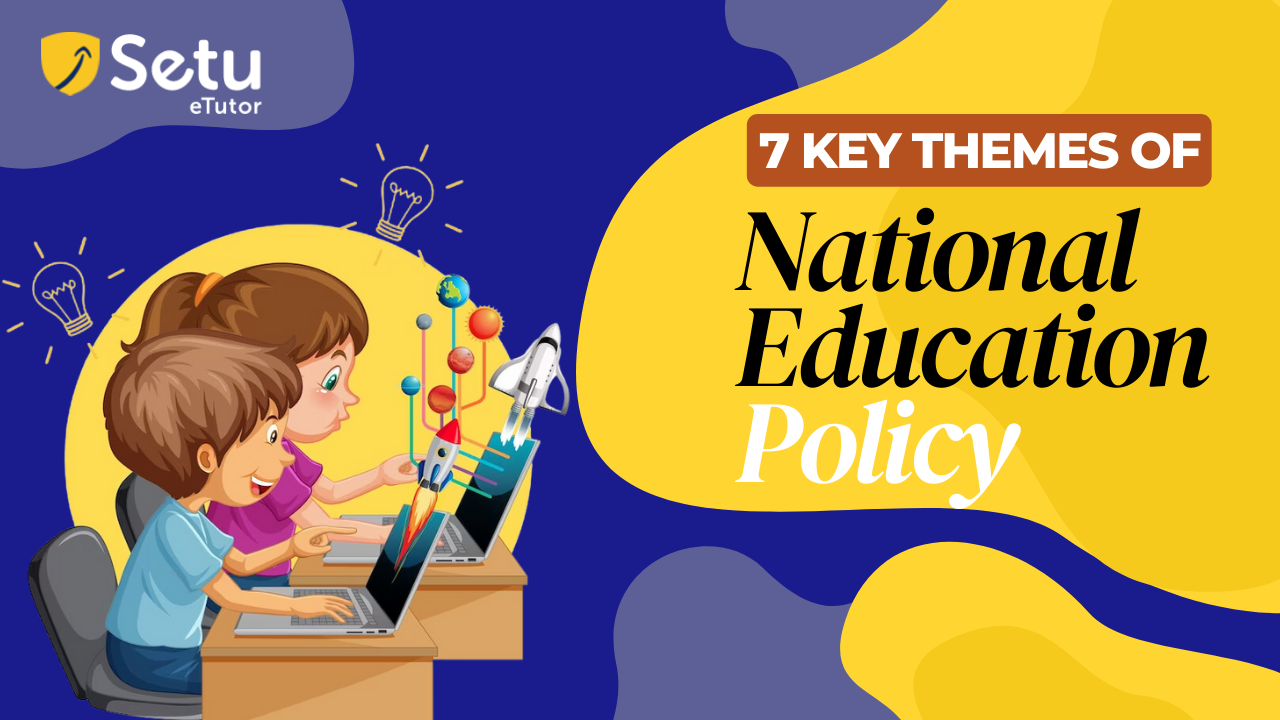


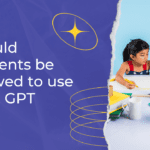
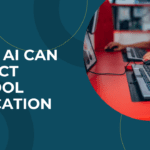
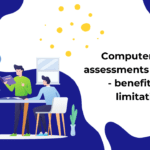
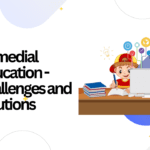
Leave a reply